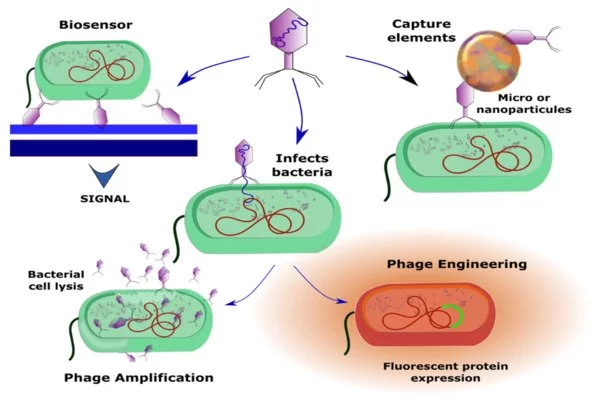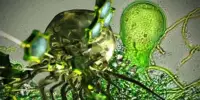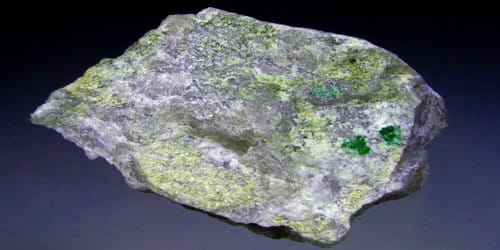Capturing phage structures for biotech applications could have several advantages. Phages, also known as bacteriophages, are viruses that infect and target bacteria. They have distinct structures and mechanisms that make them useful for a wide range of biotechnological applications. Researchers will be able to develop new uses for phages in biotechnology thanks to new insights into their structure.
Phages are viruses that infect bacteria, allowing them to be used as biotechnology and medicine tools. For the first time, researchers at the University of Exeter have mapped out what a commonly used form of phage looks like, in collaboration with Massey University and Nanophage Technologies in New Zealand, which will help researchers design better uses in the future.
Phages form part of a very exciting and growing area of research, with a range of current and potential applications. Yet until now, we’ve not had a complete picture of what filamentous phages look like. We’ve now provided the first view, and understanding this will help us improve applications for phage into the future.
Dr. Vicki Gold
Phage display, which is a useful tool in drug discovery, is one common application for phage. Phage display works by connecting an interesting gene fragment to a phage gene that produces one of the phage coat proteins. The new coat protein containing the linked protein of interest appears on the phage’s surface, where it can be measured and tested for biological activity.
There are billions of different types of phages. Phage display frequently employs filamentous phages, so named because they are long and thin, allowing for the display of many proteins across their surface. Although phage display and other applications have been successful, scientists have not yet determined what this type of phage looks like.

For the first time, Dr. Vicki Gold at the University of Exeter, has revealed the structure of a filamentous phage, in research published in the journal Nature Communications. She said: “Phages form part of a very exciting and growing area of research, with a range of current and potential applications. Yet until now, we’ve not had a complete picture of what filamentous phages look like. We’ve now provided the first view, and understanding this will help us improve applications for phage into the future.”
Because filamentous phages are so long, scientists have previously been unable to capture a complete image of them. To visualize the phage, researchers created smaller versions that are about ten times shorter and resemble straight nanorods rather than entangled spaghetti-like filaments. This miniature version was small enough to be imaged entirely with high-resolution cryo-electron microscopy.
The ability to capture phage structures provides valuable insights into their biology and allows for the development of novel biotech applications. These developments have the potential to revolutionize a wide range of fields, from healthcare to agriculture, and to contribute to the resolution of significant societal challenges.
















